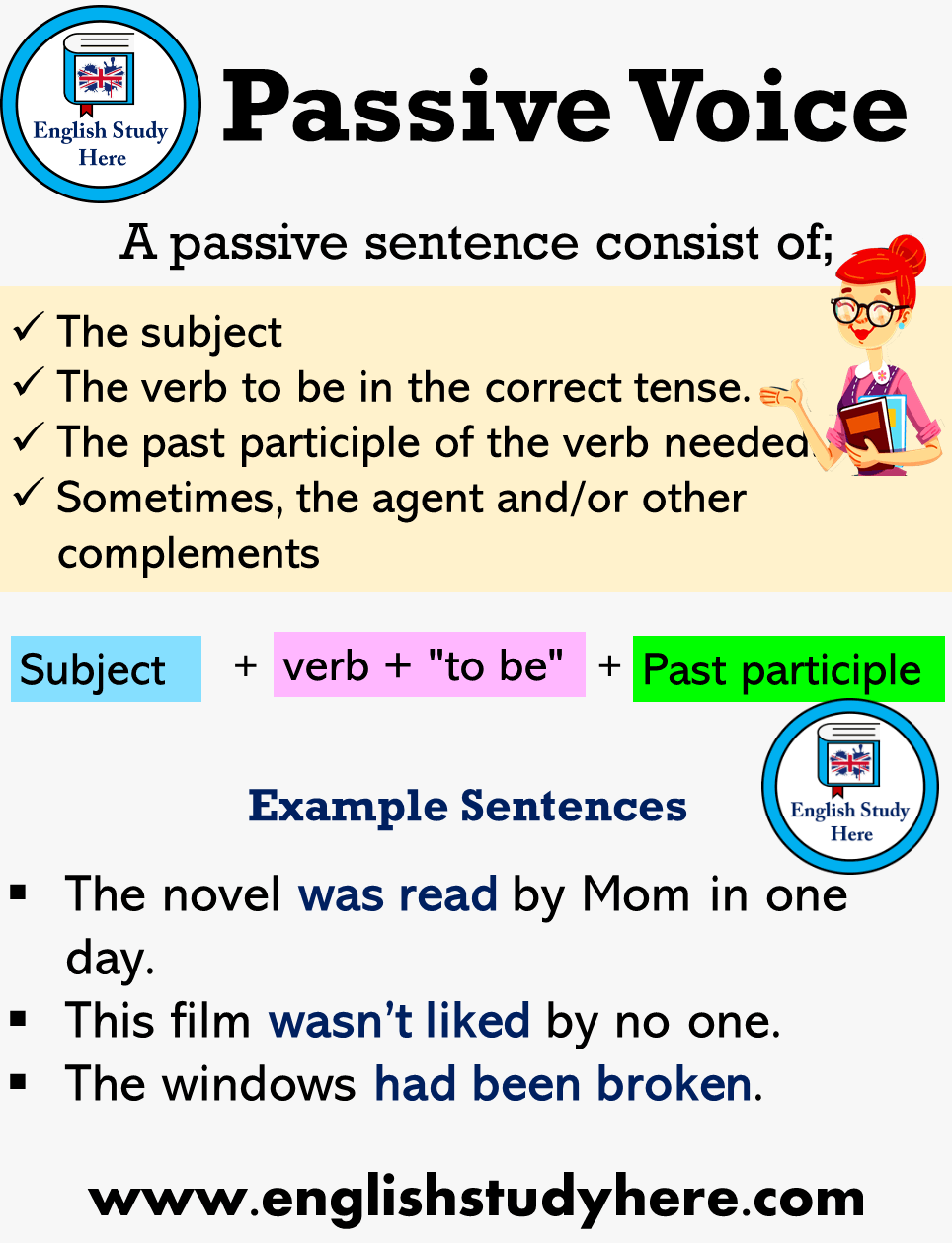Passive voice is a grammatical construction where the subject of the sentence is the receiver of the action, rather than the doer of the action. It is often used in formal writing or when the doer of the action is unknown or unimportant. In contrast, active voice is when the subject of the sentence is the doer of the action.
Here are 10 examples of passive voice:
- The cake was eaten by the children.
- The report will be submitted by the end of the week.
- The book was read by millions of people.
- The car was stolen last night.
- The movie was watched by a large audience.
- The project has been completed ahead of schedule.
- The house was cleaned by the cleaning crew.
- The decision was made by the committee.
- The new policy is being implemented by the management team.
- The letter was delivered to the wrong address.
Passive voice can sometimes make sentences more awkward or unclear, so it is important to use it judiciously. In academic and scientific writing, passive voice is often preferred because it allows for objectivity and focus on the action rather than the doer.
However, in more casual or conversational writing, active voice is generally preferred because it is more direct and engaging. It is important to consider the context and audience when deciding whether to use passive or active voice in your writing.
Overall, understanding the difference between passive and active voice can help improve the clarity and effectiveness of your writing. By being intentional with your choice of voice, you can better communicate your ideas and engage your readers.
